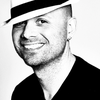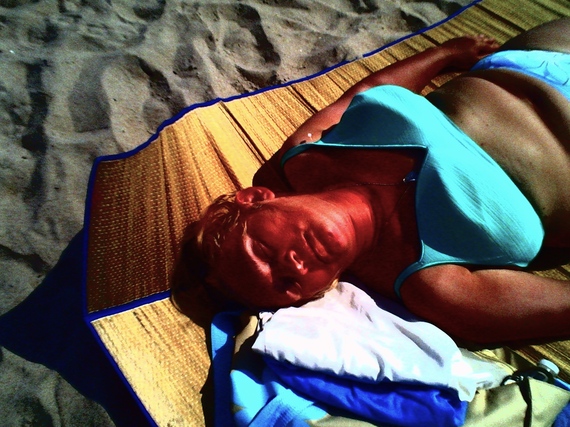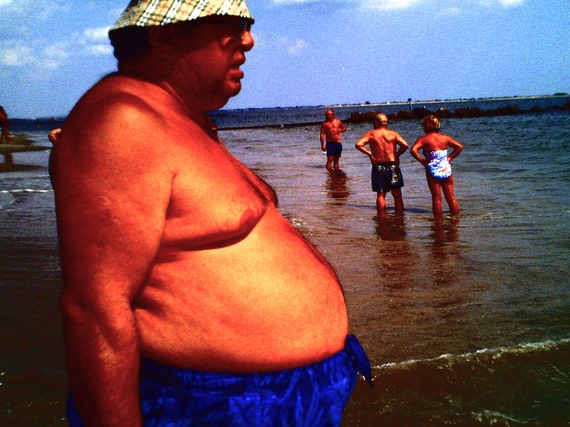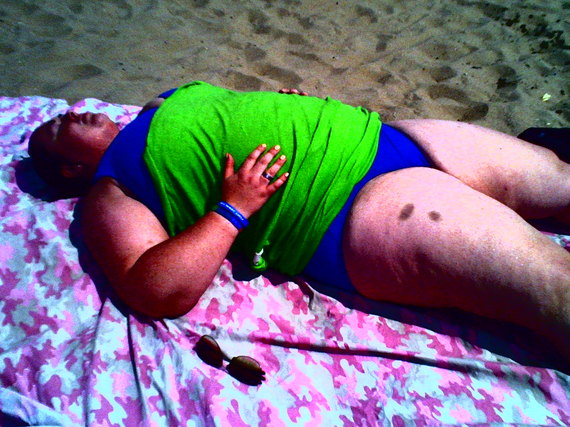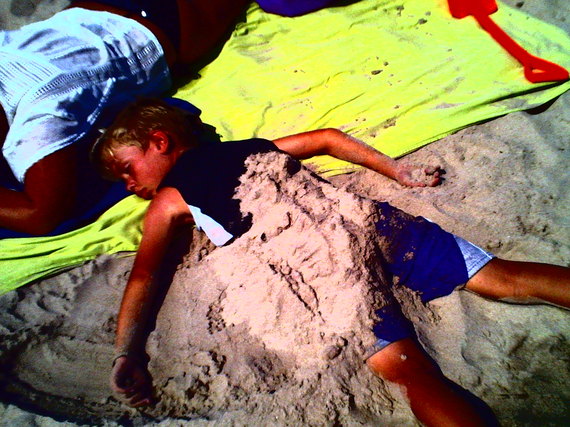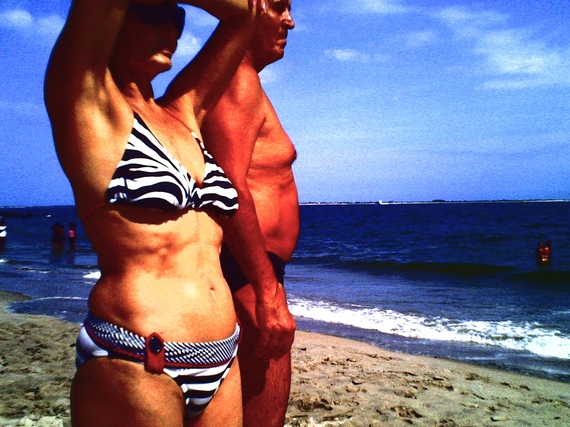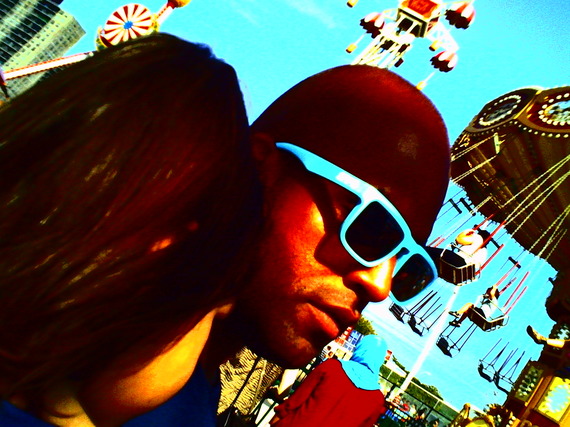Whether analog or digital, I've been drawn to lo-fi photography for some time. I just love it. I like the process, the gear and the way the final images look and feel. There is a very low-stakes environment at play, low risk, you just aim and shoot and then look at the images and pick out the ones you feel you like. When you shoot with more complex equipment there seems to be more pressure to produce images which are technically perfect. This, of course, on top of the greater demands for more "ideal" subject matter and framing etc.
There is a distinct sense of freedom when shooting lo-fi gear. My Harinezumi (a toy digital from SuperHeadz, which emulates the old 110 film cameras) doesn't even have a viewfinder. I just point the camera and shoot. Well, that's not entirely correct. I've come to know the camera, it's 38mm lens, and the way it's going to respond to varying situations. Regardless, there is no question that I work more freely - carelessly even - when using the Harinezumi than I do when I'm working with my Leica M or even my Ricoh GR.
There is a certain inevitability when using a lo-fi camera that you're going to get what you get. In fact, I don't digitally manipulate any of my lo-fi digital images. I don't even crop. What you see is what the camera has given me. All I do is "keep" or "delete". That's it. Again, this lends itself to a great sense of freedom. I feel liberated to focus on the "art" of my photography because there is no "technical" aspect when it comes to lo-fi.
When I shoot analog lo-fi street photography I usually use a disposable camera. These little gems are fantastic. No shutter lag on a disposable camera baby! Just aim that little hunk of plastic and push the button. Again, because of the relatively wide angle lenses on these cameras, you can easily neglect the viewfinder. Get a feel for the camera and how it operates and just go from there. Your fist roll might only have a couple of good shots, but after shooting a hundred or so disposables you'll come to know exactly how they are going to operate and what they are likely to produce in terms of a final image. Experiment, enjoy the freedom to just shoot.
Although I've not published a book-length collection of my disposable camera work yet, I am at work on a long-term project here in New York City using disposables. The results have been truly great. Although I am still operating in my signature style, the disposable camera and analog film are also adding an extra layer of uniqueness to the final images. Are they perfect photographs? Not a chance. Are they unique photographs from the streets of a over-photographed city? You bet.
One of the things that disappoints me about so much of the street photography we see today is its literal representation of the streets. Photographers approach day-to-day activity with the objective of photographing it literally and perfectly, as one might a portrait in a studio, for example. This, unfortunately, produces wonderfully perfect photographs of boring subject matter. We don't need a portrait of grandma Betty leaving the grocery store - we need an angled up-close shot of grandma Betty's elbow and part of her thick-framed glasses in the most over-saturated colors we can muster. This is what will produce a unique photograph. It's a weird or unusual portrayal of grandma that we need, not another perfect image. But hey, this is just my opinion.
I think there is still a lot of room to document the streets in unique ways using various approaches. One such approach would be to change up the gear. Grab something simple and see if you can produce something complex - take a cheap camera and see if you can make a rich photograph. You might be surprised. In fact, you might even thank me.
Michael Ernest Sweet is a Canadian photographer and writer. His latest full-length collection of photography - Michael Sweet's Coney Island - was entirely shot with a toy camera. The book, released from Brooklyn Arts Press, is available from the publisher or online at Amazon.com. Michael Sweet divides his time between Montreal and New York City. Follow him on Twitter @28mmphotos or through his website at MichaelSweetPhotography.com.
